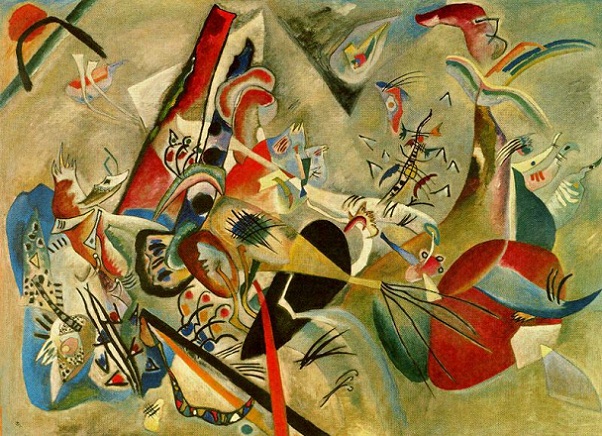- Abstract Art 2 Peter Dranitsin
- Abstract Art 3 Peter Dranitsin
- Abstract Art 4 Peter Dranitsin
- Abstract Art 5 Peter Dranitsin
- Abstract Art 6 Peter Dranitsin
- Abstract Art 7 Peter Dranitsin
- Turtle Abstract Art Lesson
- Acoustic Guitar Abstract Art Lesson
- Autumn Abstract Art Lesson
- Bat Abstract Art Lesson
- Butterfly Abstract Art Lesson
- Untouched Abstract Art Lesson
- Abstract Art Lesson
- Cheetah Abstract Art Lesson
- Camel Abstract Art Lesson
- Disconnected Abstract Art Lesson
- In The Sunlight Abstract Art Lesson
- Penguine Abstract Art Lesson
- Flowers on Black Abstract Art Lesson
- Eauty within Abstract Art Lesson
- Still fresh Abstract Art Lesson
- Your Lucky Day Abstract Art Lesson
- Empty Streets Abstract Art Lesson
- Split Abstract Art Lesson
- How to Create a Watercolor Effect with Acrylic Paint Abstract Art Lesson
- Different Kind of Season Abstract Art Lesson
- Simple Thought Abstract Art Lesson
- Beautiful Words Abstract Art Lesson
- Sky Blue Abstract Art Lesson
- Dolphins Abstract Art Lesson
- Dog Abstract Art Lesson
- Sphinx Abstract Art Lesson
- Count on you Abstract Art Lesson
- Morning sun Abstract Art Lesson
- Colors of Heat Abstract Art Lesson
- Chamilleon Abstract Art Lesson
- Blue Circle Abstract Art Lesson
- Timeless Abstract Art Lesson
- Three Phases Abstract Art Lesson
- Three Islands Abstract Art Lesson
- Galaxy Abstract Art Lesson
- In the Space Abstract Art Lesson
- Hidden Heart Abstract Art Lesson

About Abstract Art
Abstract art uses a visual language of shape, form, color and line to create a composition which may exist with a degree of independence from visual references in the world. Western art had been, from the Renaissance up to the middle of the 19th century, underpinned by the logic of perspective and an attempt to reproduce an illusion of visible reality. The arts of cultures other than the European had become accessible and showed alternative ways of describing visual experience to the artist. By the end of the 19th century many artists felt a need to create a new kind of art which would encompass the fundamental changes taking place in technology, science and philosophy. The sources from which individual artists drew their theoretical arguments were diverse, and reflected the social and intellectual preoccupations in all areas of Western culture at that time.
Abstract art, nonfigurative art, nonobjective art, and nonrepresentational art are loosely related terms. They are similar, but perhaps not of identical meaning.
Abstraction indicates a departure from reality in depiction of imagery in art. This departure from accurate representation can be slight, partial, or complete. Abstraction exists along a continuum. Even art that aims for verisimilitude of the highest degree can be said to be abstract, at least theoretically, since perfect representation is likely to be exceedingly elusive. Artwork which takes liberties, altering for instance color and form in ways that are conspicuous, can be said to be partially abstract. Total abstraction bears no trace of any reference to anything recognizable. In geometric abstraction, for instance, one is unlikely to find references to naturalistic entities. Figurative art and total abstraction are almost mutually exclusive. But figurative and representational (or realistic) art often contains partial abstraction.
Both geometric abstraction and lyrical abstraction are often totally abstract. Among the very numerous art movements that embody partial abstraction would be for instance fauvism in which color is conspicuously and deliberately altered vis-a-vis reality, and cubism, which blatantly alters the forms of the real life entities depicted.
Kaynak: wikipedia.org

